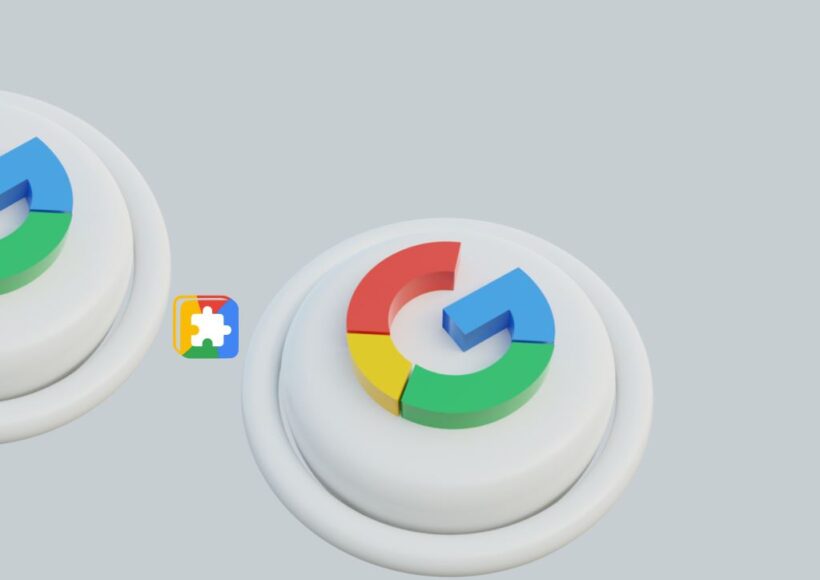Custom elements, introduced as part of the Web Components specification, are a powerful feature that allows web developers to define and use their own custom HTML tags (also known as Web Components).
With custom elements, developers can create reusable, encapsulated components that extend the capabilities of standard HTML, resulting in more modular and maintainable code.
How Custom Elements Work
Creating a custom element typically involves the following steps:
- Define the Custom Element: Developers start by defining the custom element’s name and its desired functionality. This involves creating a new HTML tag, such as ‘<my-element>’.
- Register the Element: The custom element is registered with the browser, specifying its name and associating it with a JavaScript class that defines its behavior.
- Use the Custom Element: Once registered, the custom element can be used in HTML markup just like built-in HTML tags, allowing developers to create instances of their custom elements.
- Style and Extend: Custom elements can be styled using CSS and can extend built-in HTML elements, inheriting their properties and behaviors while adding custom functionality.
Benefits of Custom Elements
Using custom elements offers several advantages:
- Reusable and Modular Code: Custom elements promote code reusability by encapsulating functionality within custom tags, making it easier to reuse components across different parts of a web application.
- Extending HTML: Custom elements allow developers to fill gaps in standard HTML, creating custom tags that provide specific functionality not available in built-in HTML elements.
- Encapsulation and Isolation: Custom elements provide encapsulation, ensuring that their internal implementation details are hidden from the rest of the code, promoting better organization and reducing potential naming conflicts.
- Interoperability: Custom elements are designed to work seamlessly with other web standards and technologies, making it easier to integrate them into existing projects or frameworks.
Common Custom Element Features
Custom elements offer a range of features:
- Custom Tag Name: Developers can choose a unique and descriptive name for their custom element, making the code more readable and self-documenting.
- JavaScript API: Custom elements are associated with JavaScript classes that define their behavior, allowing developers to extend and customize their functionality using JavaScript.
- Shadow DOM: Custom elements can utilize Shadow DOM, which provides a way to attach hidden DOM elements to the custom element, encapsulating its structure and style.
- HTML Templates: Custom elements can be defined using HTML templates, making it easier to create reusable and dynamic content.
Creating Custom Elements
To create a custom element:
- Define the Element Name: Choose a unique and descriptive name for your custom element, following naming conventions and avoiding conflicts with existing HTML tags.
- Register the Element: Use the ‘customElements’ API to register the custom element with the browser, specifying its name and associating it with a JavaScript class.
- Implement the Behavior: In the associated JavaScript class, define the custom element’s behavior, including event handling, property manipulation, and any desired functionality.
- Style and Extend: Use CSS to style the custom element, and extend it by inheriting from existing HTML elements or mixing in additional functionality.
Challenges and Considerations
While custom elements offer powerful capabilities, there are considerations to keep in mind:
- Browser Support: While custom elements have broad support in modern browsers, older browser versions may require polyfills or fallbacks for full functionality.
- Learning Curve: Understanding how to create and use custom elements effectively involves learning new concepts and APIs, requiring developers to invest time in education and experimentation.
- Performance Impact: Overusing custom elements or creating complex components can impact performance, especially if they are not properly optimized.
- Accessibility: Ensure that custom elements are properly accessible to users with disabilities, providing appropriate attributes, keyboard navigation, and ARIA roles if necessary.
Custom elements, as part of Web Components, empower web developers to extend HTML and create reusable, encapsulated components. By defining custom tags, developers can fill gaps in standard HTML and build more modular and maintainable web applications.
With custom elements, developers can streamline their code, enhance interoperability, and create dynamic and interactive web experiences that seamlessly integrate with other web standards and technologies.


